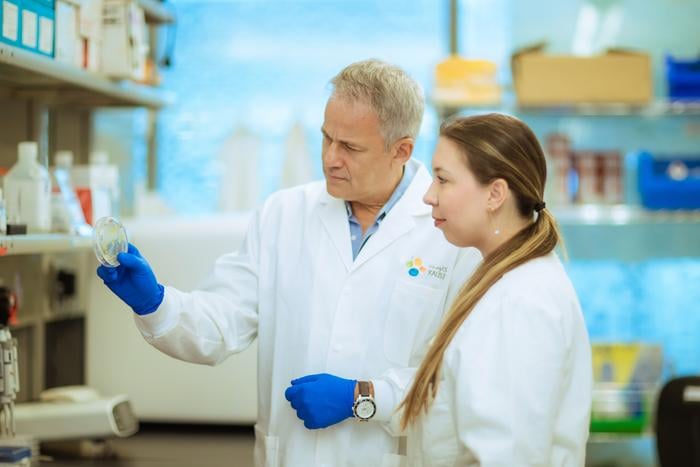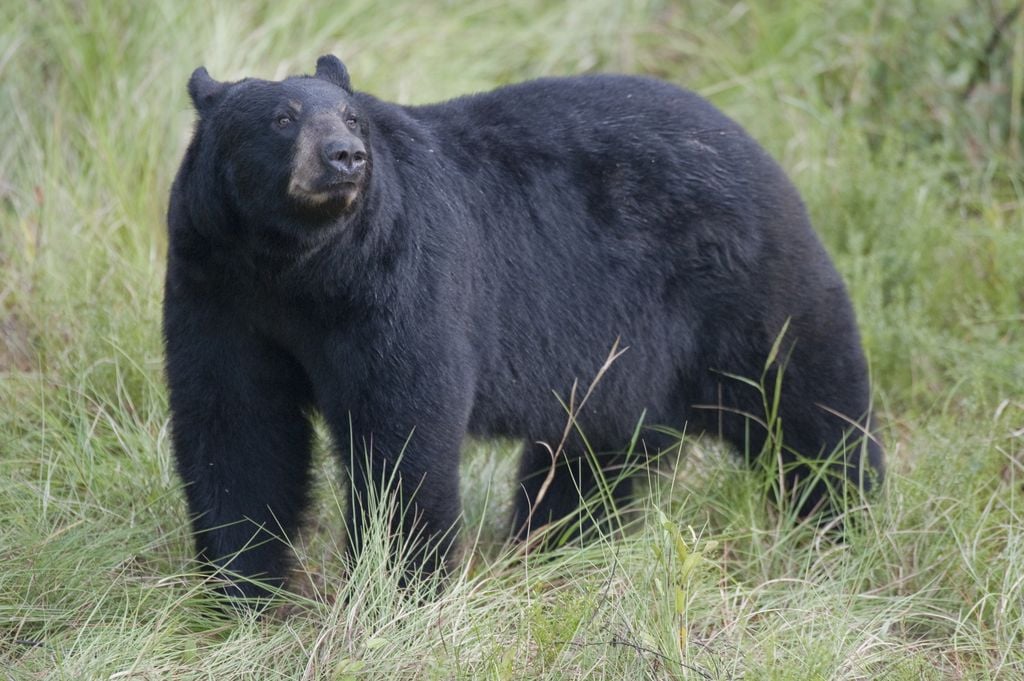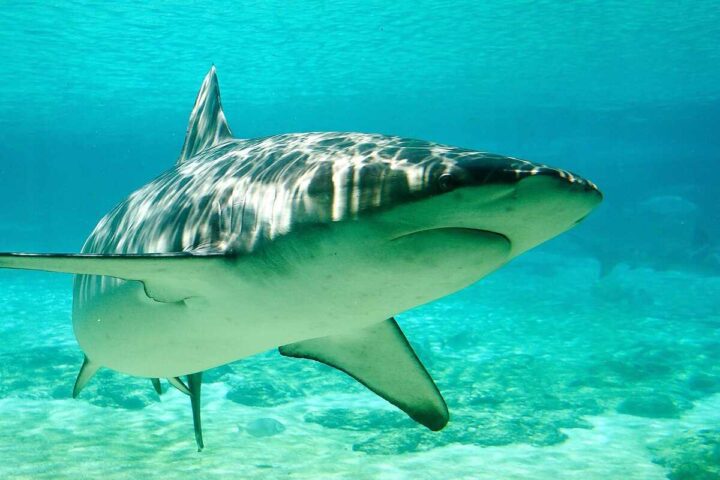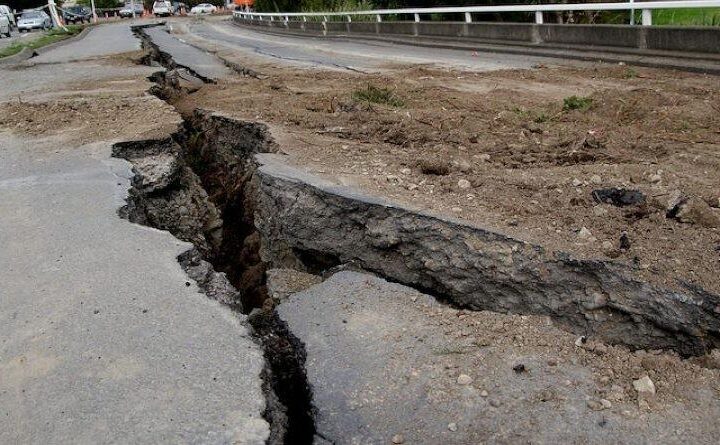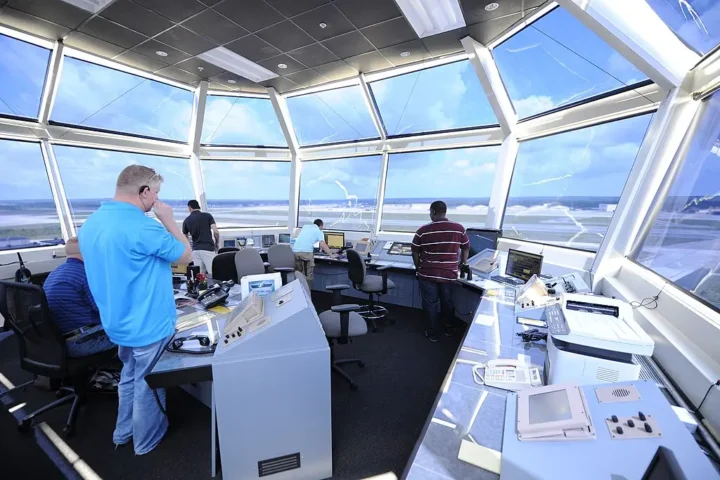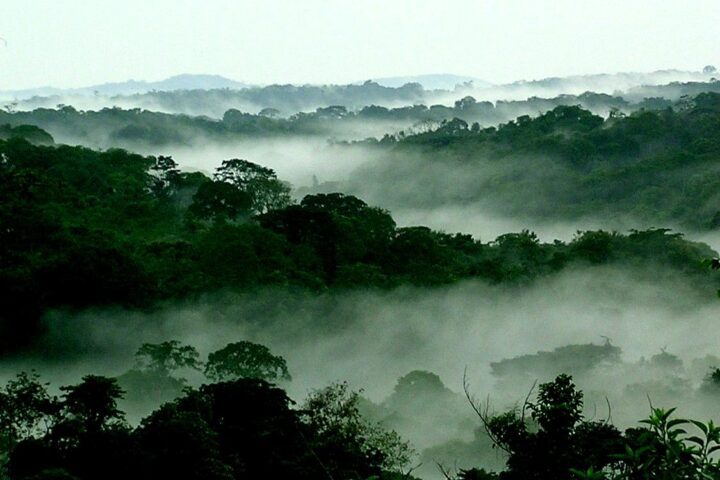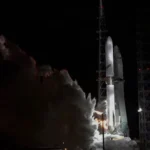Scientists at NASA have found 26 previously unknown species of bacteria living in what should be one of the most sterile places on Earth – the clean rooms where spacecraft are prepared for missions to other planets. These rooms, designed to prevent Earth microbes from hitching rides to places like Mars, turn out to be home to remarkably tough bacteria.
The discovery came from samples collected in the facilities where NASA’s Phoenix Mars Lander was assembled before its 2007 launch. Scientists analyzed 215 bacterial strains and identified 53 that belonged to species never seen before.
“Our study aimed to understand the risk of extremophiles being transferred in space missions and to identify which microorganisms might survive the harsh conditions of space,” said Alexandre Rosado, a microbiologist from King Abdullah University of Science and Technology (KAUST) who worked on the study.
The bacteria aren’t ordinary germs. They’re extremophiles – organisms that can withstand conditions that would kill most living things. These microbes have specialized abilities:
- Advanced DNA repair systems that fix damage from radiation
- Ways to neutralize toxic cleaning chemicals
- Enhanced metabolism to survive in places with few nutrients
- Some can even form protective biofilms
Similar Posts
This resilience makes them potential “hitchhikers” that could survive a journey to Mars or other planets. That creates a problem for scientists searching for life beyond Earth. If Earth bacteria contaminate other planets, they might be mistaken for alien life or even harm any native organisms that might exist.
“This effort is pivotal for monitoring the risk of microbial contamination and safeguarding against unintentional colonization of exploring planets,” Rosado explained.
NASA is now reviewing and strengthening its clean room procedures in response to these findings. The goal is to develop better sterilization methods and stricter controls to keep microbes off spacecraft.
But these tough bacteria might also benefit humanity. The genes that help them survive could lead to important advances in medicine and other fields.
“The genes identified in these newly discovered bacterial species could be engineered for applications in medicine, food preservation and other industries,” said Junia Schultz, a postdoctoral fellow at KAUST.
Potential uses include:
- Creating stronger antibiotics that work under extreme conditions
- Developing new food preservation methods without artificial additives
- Making new materials with enhanced durability
The research team included scientists from NASA’s Jet Propulsion Laboratory, KAUST in Saudi Arabia, and several research institutes in India. Their findings were published on May 12, 2025, in the scientific journal Microbiome.

“Together, we are unraveling the mysteries of microbes that withstand the extreme conditions of space — organisms with the potential to revolutionize the life sciences, bioengineering, and interplanetary exploration,” said Kasthuri Venkateswaran, a retired NASA scientist who led the study.
This discovery reminds us that life finds ways to adapt and survive even in the most challenging environments humans create. What NASA designed to keep microbes out has instead revealed just how tough and resourceful these tiny organisms can be.
